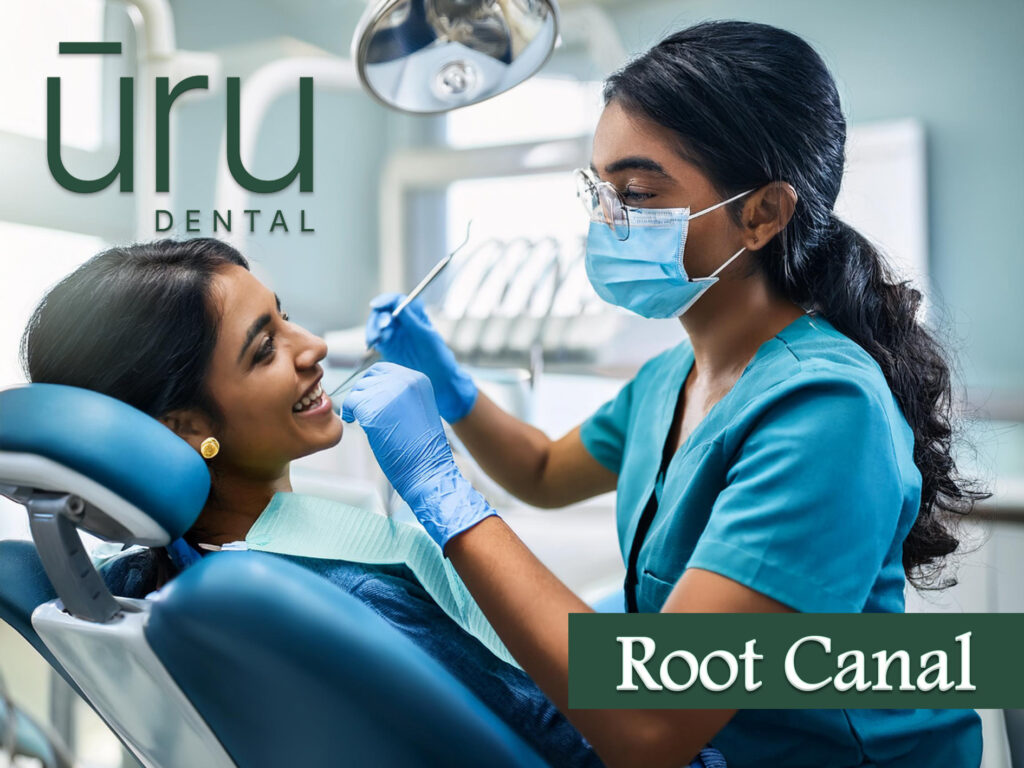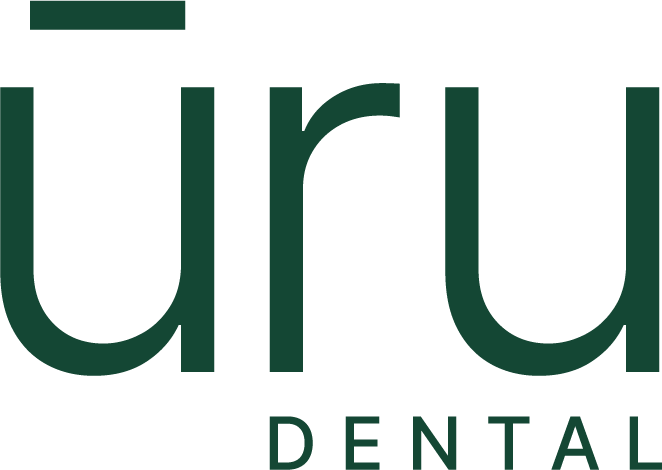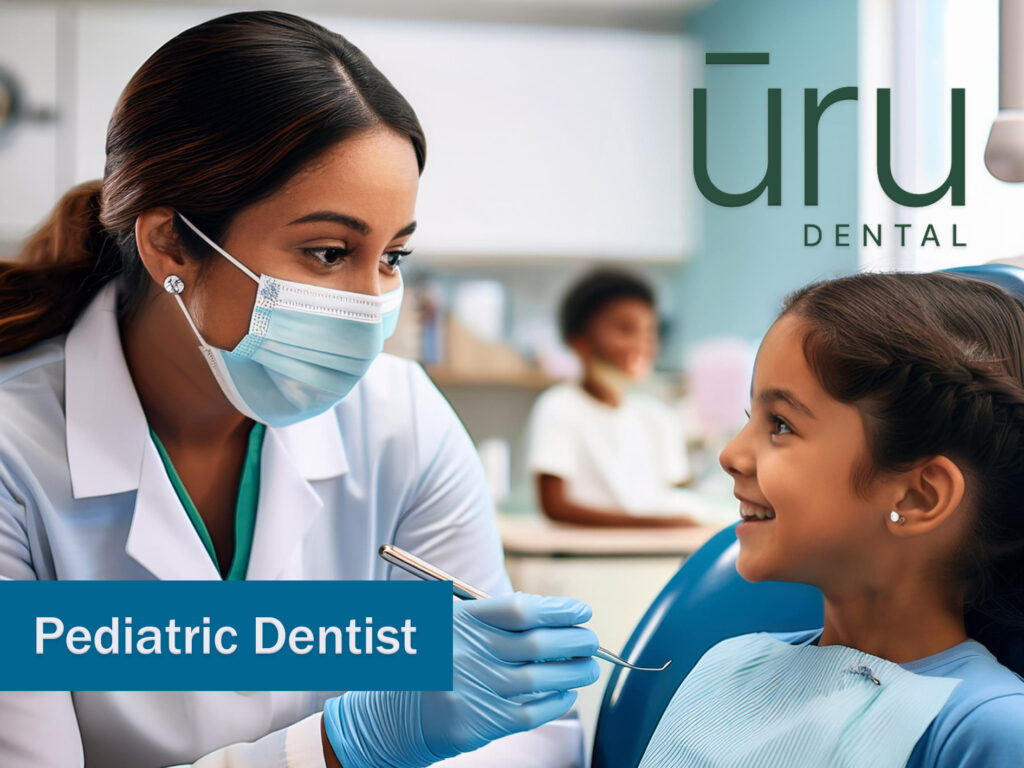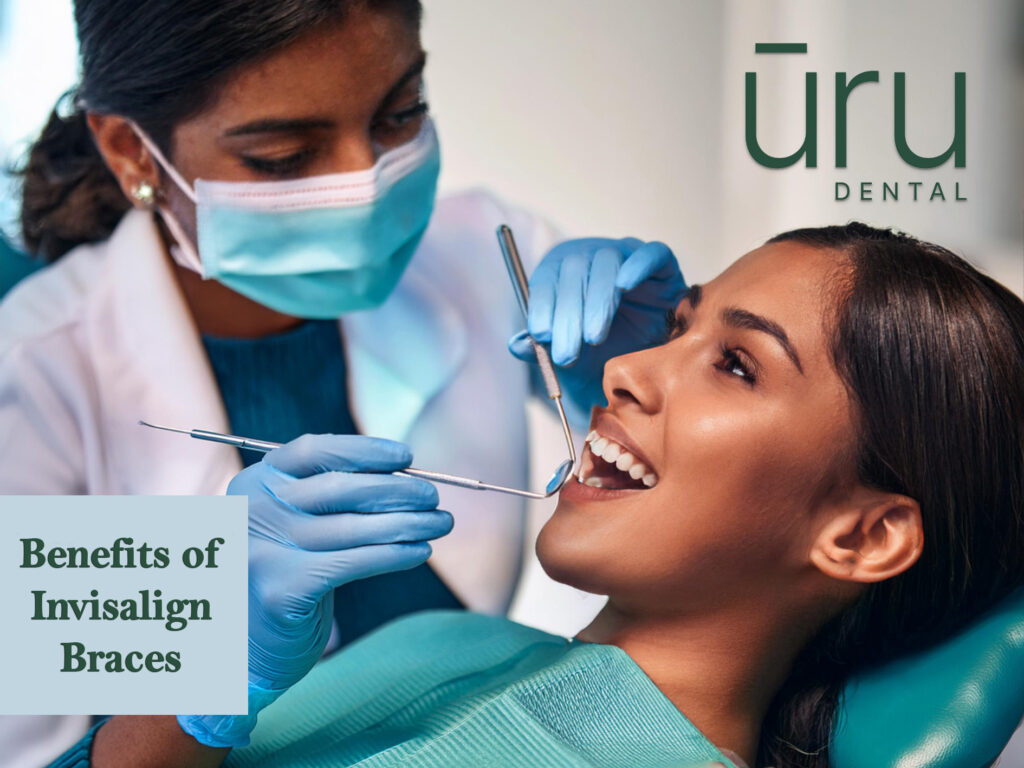Why a Root Canal Might Be the Best Option to Save Your Tooth

When faced with severe tooth pain or infection, many people fear the worst—losing their tooth. However, thanks to modern dentistry, you often have the option to save your tooth through root canal treatment. A root canal procedure is a highly effective way to preserve your natural tooth, prevent further complications, and restore your dental health. In this blog, we will discuss why a root canal might be the best option to save your tooth and what you can expect from the process.
Understanding Root Canal Treatment
A root canal is an endodontic therapy designed to treat infection or damage inside a tooth’s pulp, which consists of nerves and blood vessels. When the pulp becomes infected due to decay, cracks, or injury, it can cause intense pain and sensitivity. Left untreated, the infection can spread, leading to abscesses, bone loss, and ultimately, the need for tooth extraction.
Instead of removing the tooth, a root canal procedure cleans out the infected pulp, disinfects the tooth’s interior, and seals it with a filling. This helps to eliminate the infection and preserve the tooth’s structure. Most importantly, the procedure provides long-term tooth pain relief and saves you from further dental complications.
Signs You May Need a Root Canal
It’s essential to recognize the signs of needing a root canal early to avoid worsening dental issues. Common symptoms include:
- Persistent tooth pain that doesn’t subside
- Sensitivity to hot or cold, even after the stimulus is removed
- Swelling or tenderness around the tooth or gums
- Darkening of the tooth (a sign of internal decay)
- A pimple-like bump on the gums near the affected tooth
If you notice any of these symptoms, schedule a visit to your dentist immediately. Early intervention with endodontic therapy can save your tooth and spare you from more invasive treatments.
Why Choose a Root Canal Over Extraction?
When weighing your options, you may wonder why a root canal is preferable to having the tooth removed. Here are a few reasons why a root canal is often the better choice:
- Preserving Your Natural Tooth: Your natural tooth is always the best option for chewing, speaking, and maintaining the alignment of your other teeth. Extractions can lead to shifting teeth, bone loss, and the need for dental implants or bridges.
- Pain Relief Without Extraction: A root canal provides tooth pain relief by removing the source of the infection while keeping your tooth intact. Extraction, on the other hand, leaves a gap that requires further treatment.
- Cost-Effective in the Long Run: While a root canal may seem expensive upfront, it is often less costly in the long run compared to an extraction, which may require additional procedures like implants or dentures to replace the missing tooth.
- Faster Recovery: Recovery from a root canal procedure is generally quicker and less complicated than recovering from an extraction. With the right root canal recovery care, patients can return to their daily activities without prolonged downtime.
What to Expect During and After a Root Canal
The root canal procedure is straightforward and relatively painless, thanks to advances in dental technology and anesthesia. Here’s a step-by-step breakdown of what you can expect:
- Numbing the Area: Your dentist will numb the tooth and surrounding area to ensure you feel comfortable throughout the procedure.
- Cleaning the Infection: The dentist will make a small opening in the tooth to access the infected pulp. Using specialized tools, they will clean out the infected tissue and disinfect the interior of the tooth.
- Filling the Tooth: After cleaning, the dentist will fill the tooth’s canals with a rubber-like material called gutta-percha and seal the tooth to prevent future infections.
- Placing a Crown: In most cases, a dental crown will be placed over the treated tooth to protect it and restore its strength.
Root canal recovery is generally smooth. You might experience some mild discomfort or sensitivity for a few days, but over-the-counter pain medications can help. Your dentist will provide specific aftercare instructions, such as avoiding hard foods for a short period and maintaining excellent oral hygiene.
Conclusion
Choosing a root canal over extraction is often the best way to save your tooth and maintain your oral health. The root canal procedure offers tooth pain relief and preserves your natural tooth structure, allowing you to avoid complications associated with missing teeth. If you notice any signs of needing a root canal, such as persistent tooth pain or sensitivity, don’t hesitate to consult your dentist. With proper care and root canal recovery, you can enjoy a healthy, pain-free smile for years to come.
If you’re experiencing tooth pain or suspect you may need a root canal, don’t wait! At Uru Dental, our expert team specializes in endodontic therapy and advanced root canal procedures to help you achieve long-lasting dental health. Contact us today to schedule your consultation and get the tooth pain relief you deserve.


